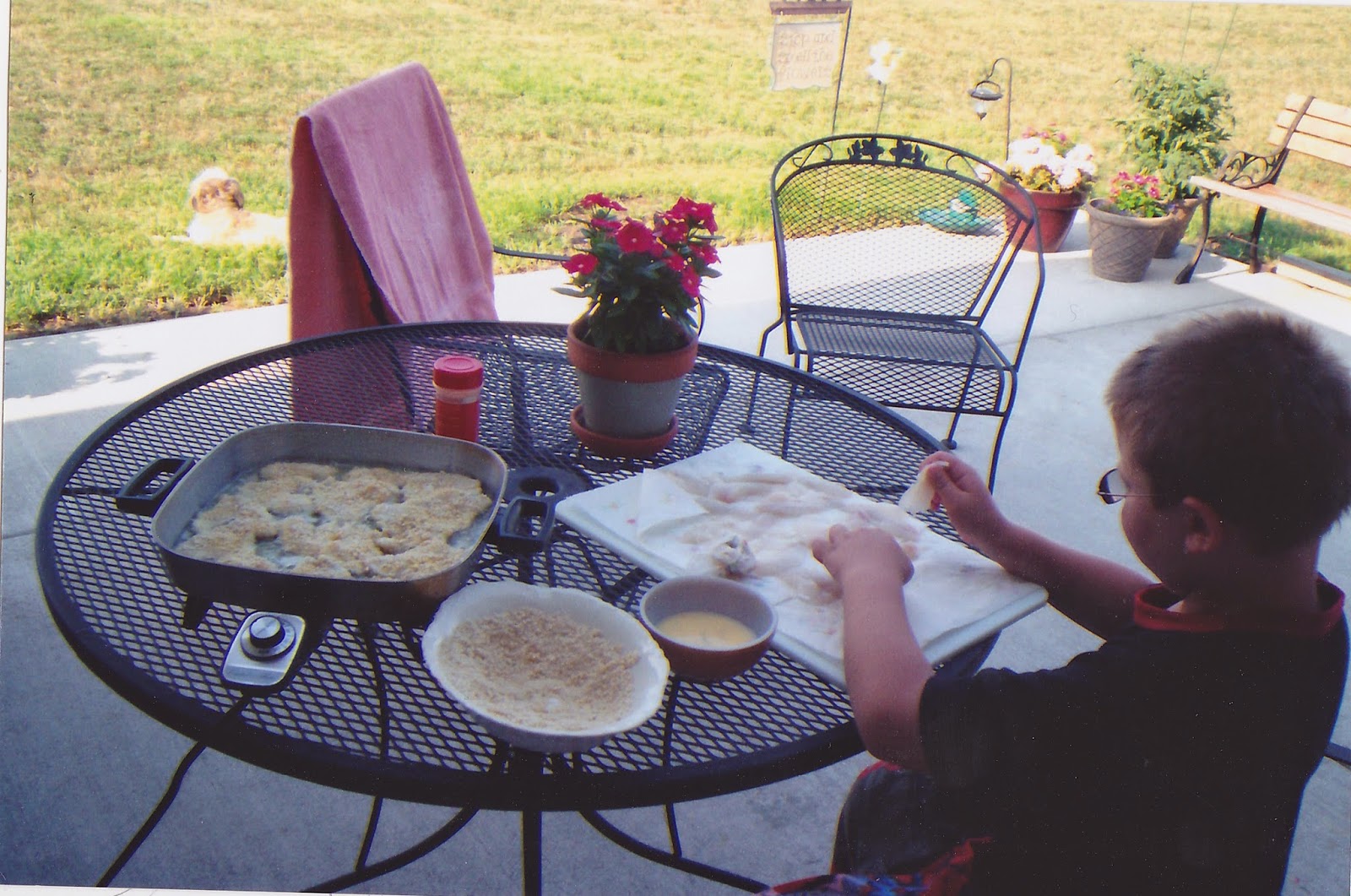I always associate the end of the semester with music. It
seems to be everywhere in these last few weeks during study days, exams, and even
impromptu celebratory parties. One of my roommates blasts country while
finishing up the last of her engineering homework, while the other whistles to
classic musicals as she designs for her senior showcase. Our apartment complex
has become eerily quiet these past few nights but was extra raucous over the
weekend and will probably be blasting double the dubstep and top 40s this
weekend to honor the end of the school year.
Though the experience never really changes, it does feel
different in my fourth and final year of college. All this music representing
focus or the need to blow off steam has me thinking about what I’m listening to
symbolizes this semester. I’ve been studying and writing this capstone to
instrumental music—a mix of classical and film score. I can’t focus with
lyrics. But when I do need a breather from the pressures of projects,
post-graduation plans, and the creeping senioritis, I play a very different set
of songs.
In wrapping up this project, I realized that there wasn’t a
single genre or piece of music I could associate with my family. I’ll always
remember when Grandma Joyce first heard the 50s station on XM radio in our car.
She happily sang every song—it was incredible—as she practically jived in the
passenger seat. My mom plays Aaron Neville’s holiday album at Christmas, likes
to listen to pop country with my sister, and took us to a Celine Dion concert.
Don’t even get me started on the night she and my friend Amy sang, “Help me
Rhonda” at the top of their lungs when The Beach Boys performed on campus this
year. Then there’s the eccentric: my dad listens to ELO and Willie Nelson, bluegrass
and Mozart’s The Magic Flute. I think
in this case, I take mostly after my Dad in musical tastes, give and take a few
things. Though he and my brother went through an awkward phase of singing “I’m
Sexy and I Know It” at the height of the song’s success.
I tried to think of what music played when big groups of my
family were gathered. I’ll never forget what my cousin said several years ago,
during one night of Prairie Days—an annual celebration of summer and local
history in Lester Prairie. We had moved outside of the beer tent to stand
closer to the trailer stage. While the fiddler of the country-folk-rock band
took a solo, Krystal leaned over and shouted to be heard. “You must think this
is so Podunk!” It was said with a smile and a laugh but, no, in all seriousness
I don’t think our family is Podunk.
Then I came across a new video by my favorite piano and
cello duo, Jon Schmidt and Steven Sharp Nelson of The Piano Guys. It was a
mash-up of “Gabriel’s Oboe” from the movie The
Mission and a hymn, “How Great Thou Art”. It was perfect. I love film score
and “How Great Thou Art” is one of my favorite hymns.
"The Mission/How Great Thou Art"
Courtesy of The Piano Guys
I had completely overlooked my family’s connection to the
church. There was no other place outside of home where we had all gathered so
often. The church is represented throughout all stages of our lives: baptisms,
confirmations, holidays, and funerals, not to mention every other average
Sunday. And a large part of worship and celebration in church involves music, whether
it’s instrumental or sung. Once I started listening to typical hymns or
Christian rock, the songs transported me back to very specific moments when I
had heard or sung them with my family or at other times in my life.
I’ve sung and worshipped in a Gothic Revival church on the
prairie, a Mission Style stone church in the burbs, a behemoth convention
center, and even a frat house. But there is nothing compared to singing in the
sanctuary of St. Paul’s Evangelical Lutheran Church, especially surrounded by
your family. It’s cheesy but true. Singing in church has a natural and genuine
sound; the low rumbles of the men, the mumbles of the shy, varying heights of
the women, and the talent of the choir. Sure, some congregants make a show of
their skills, but that’s not why you’re there. You’re not expected to be good,
it’s a great equalizer.
Courtesy of choralcathedral1
Trinity Episcopal Church in New York
How the hymn traditionally sounds.
I can’t sing to save my life. I’m an alto but I can’t
harmonize. So when songs are too high, I’m the one in church singing quietly in
a low register—if I’m singing at all. There are so many hymns with high notes
that I just can’t hit; rather than hear myself airily sing out of key, I mouth
the lyrics. All the same, I like being in the midst of other singers and have
my own preferences for the various classic or contemporary songs. I prefer
“Blessed Be Your Name” with drums and an uptempo. I like “Love Lifted Me” in a
dark auditorium lit up like a rock show packed with college students. “Silent
Night” must be accompanied by an organ and allowed a verse sung a capella.
For Dad,
Willie Nelson's cover of "How Great Thou Art"
In this rediscovery process, I came across The Georgetown
Chimes’ cover of “How Great Thou Art” and I can’t stop listening to it. Every time
I feel the least bit flustered over schoolwork and future plans, I simply open my
internet bookmark to listen to the performance. I find the group’s a capella
cover so compelling. I can’t not think about my family. The hymn does make me
see how truly great my life and the “worlds thy hand has made” are as I’m
finishing this stage of my life.




















